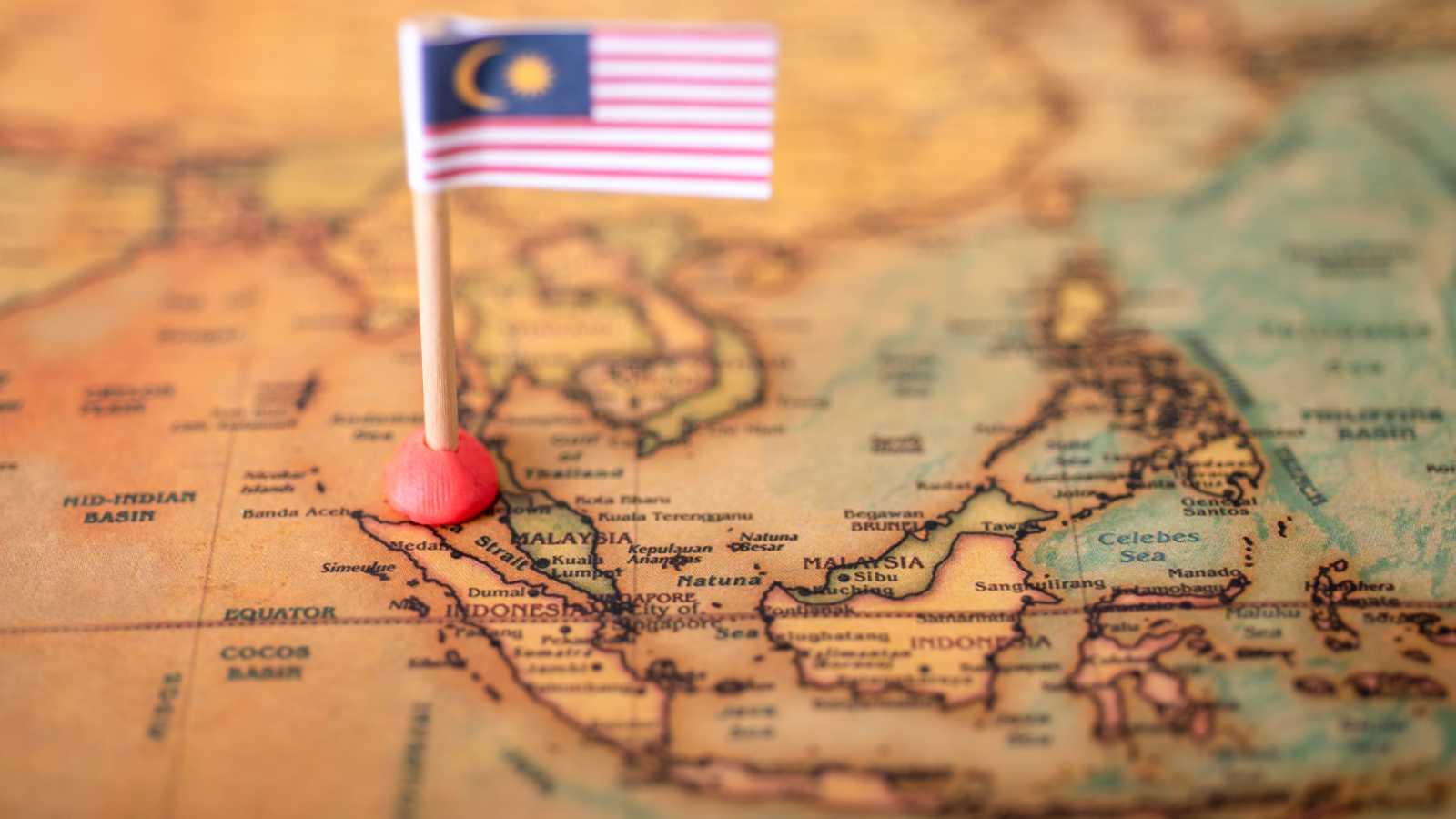
Top 10 Things to Do in Malaysia for a Memorable Vacation
Malaysia is a dynamic destination, known for its blend of vibrant cultures, awe-inspiring landscapes, and unforgettable experiences. This Southeast Asian gem is home to a fascinating fusion of Malay, Chinese, Indian, and indigenous influences, making it one of the most culturally diverse countries in the world. Each region tells its own story through a unique blend of customs, cuisines, and languages, offering travelers a rich and immersive experience at every turn.
For nature lovers, Malaysia boasts an incredible range of natural wonders, from the pristine beaches of Langkawi and the underwater marvels of the Perhentian Islands to the dense rainforests of Borneo, where you can encounter rare wildlife such as orangutans and pygmy elephants. If you’re more drawn to city life, Kuala Lumpur’s dazzling skyline, iconic Petronas Twin Towers, and bustling shopping streets make it a cosmopolitan paradise, while the UNESCO-listed city of George Town offers a captivating blend of heritage architecture and vibrant street art.
Whether you're seeking adventure, relaxation, or a journey into the heart of Southeast Asia's cultural melting pot, Malaysia promises an experience like no other. This guide will take you through the top 10 must-do activities, complete with essential travel tips, insights into local customs, culinary delights, and advice to ensure your trip is as smooth as it is memorable. From planning the perfect itinerary to discovering the best time to visit, we’ve covered everything you need to know to make the most of your Malaysian vacation.
1.Best Time to Visit Malaysia:
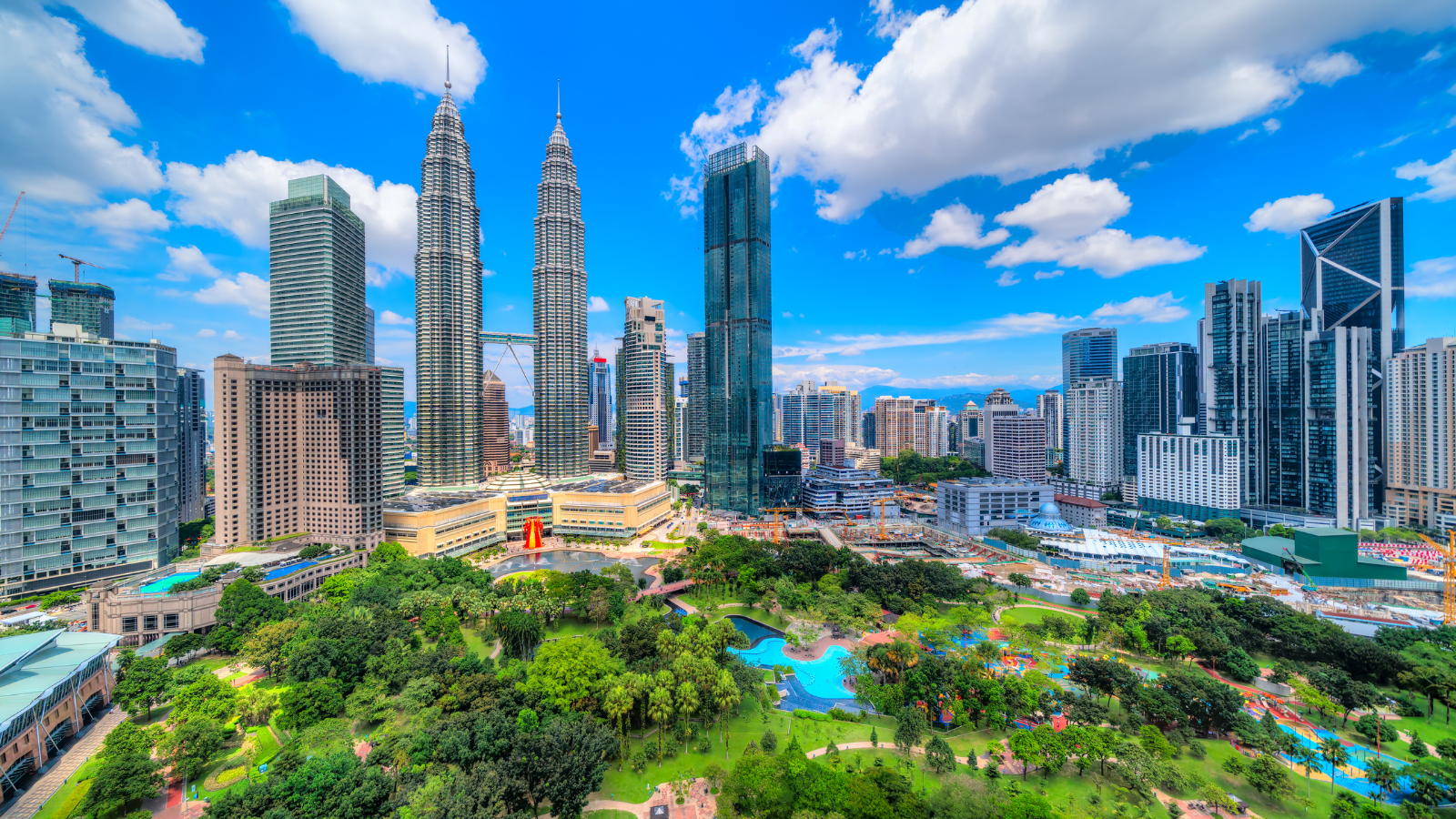
Malaysia’s tropical climate means warm weather year-round, but understanding the seasonal variations can help travelers pick the best time based on preferred activities and destinations. The country experiences two distinct monsoon seasons affecting the East and West coasts differently, influencing both weather and crowd levels.
Peak Travel Seasons by Region
- West Coast (Penang, Langkawi, Kuala Lumpur)
- Best Time: November to March
- Weather: This period is the driest on the West Coast, offering clear skies, warm temperatures, and minimal rainfall, making it ideal for beach vacations and outdoor activities.
- Special Attractions: Visitors can enjoy Malaysia’s beaches, explore vibrant cities like Penang and Kuala Lumpur, and participate in festivals such as Chinese New Year (typically in January or February) and Thaipusam (a major Hindu festival celebrated at Batu Caves).
- Crowds: The West Coast attracts significant crowds during these months, particularly from December to February, as tourists flock to escape colder climates, and locals celebrate the festive season.
- East Coast (Perhentian Islands, Tioman, Redang)
- Best Time: April to September
- Weather: The East Coast shines during the mid-year months when the monsoon season is absent, making it perfect for beachgoers, diving, and snorkeling enthusiasts. Calm seas and warm temperatures allow for clear underwater visibility, ideal for marine life exploration.
- Special Attractions: This period is prime for island-hopping and underwater activities as the waters are calm and clear. Popular island resorts and diving spots fill up quickly during this season.
- Crowds: The East Coast sees a surge in tourists, especially divers and families seeking sunny weather, with June and July being peak months. For a quieter experience, visiting in April or September can help avoid the rush.
Overall Best Months for Travel
- December to February: This is the peak holiday season across Malaysia, marked by cooler temperatures, festive decorations, and local events, especially around Christmas, New Year’s Eve, and Chinese New Year. Cities like Kuala Lumpur are adorned with lights, and shopping malls offer grand sales.
- April to June: This transitional period offers pleasant weather across the country, making it an excellent time to explore both the East and West coasts, as well as inland regions like the Cameron Highlands.
Considerations for the Monsoon Season
- East Coast Monsoon (November to March): Travelers should avoid the East Coast during this period due to heavy rainfall, rough seas, and strong winds. Many island resorts close for the season, and ferry services are limited.
- West Coast Monsoon (May to September): The West Coast experiences lighter showers than the East during this monsoon season, making it suitable for year-round travel. Rain typically occurs in short, refreshing bursts that do not disrupt outdoor plans significantly.
Festivals and Events Impacting Travel
- Chinese New Year (January or February): A major holiday celebrated nationwide, particularly lively in Kuala Lumpur, Penang, and Ipoh, with parades, fireworks, and lion dances.
- Hari Raya Aidilfitri (May or June, after Ramadan): A significant Muslim holiday when locals travel home, creating busy traffic conditions and higher accommodation rates, especially in Kuala Lumpur.
Weather Overview:
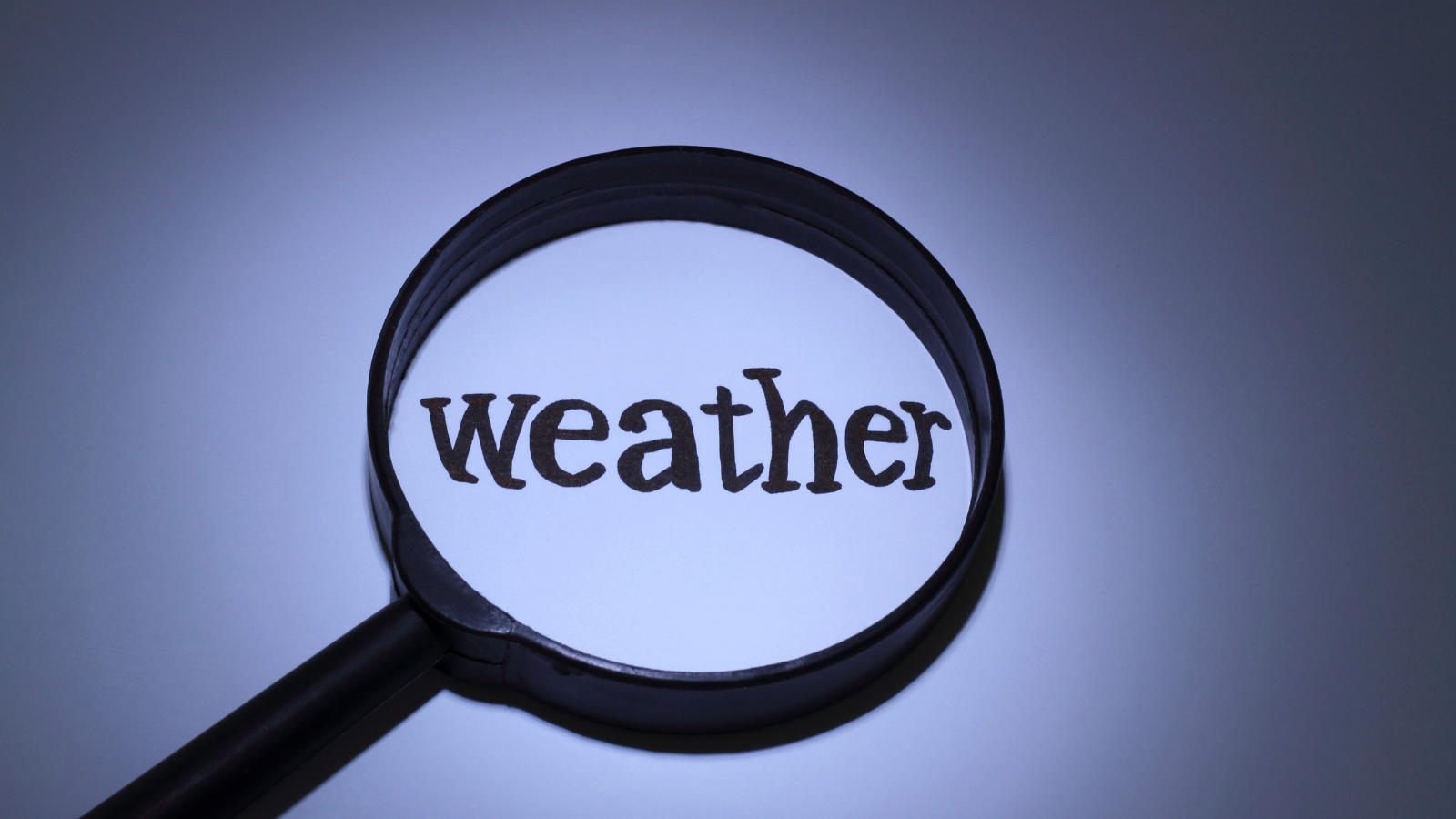
Malaysia experiences a tropical equatorial climate characterized by consistently high temperatures, humidity, and significant rainfall throughout the year. The country's climate is influenced by its geographical position near the equator and the interplay of monsoon winds, leading to regional variations in weather patterns.
Temperature and Humidity
Across Malaysia, temperatures remain relatively stable year-round, typically ranging from 21°C to 32°C (70°F to 90°F) at sea level. Highland areas, such as the Cameron Highlands, experience cooler temperatures, averaging between 15°C and 25°C (59°F to 77°F). Humidity levels are consistently high, often exceeding 80%, contributing to a warm and humid environment.
Monsoon Seasons
Malaysia's climate is significantly influenced by two primary monsoon seasons:
Northeast Monsoon (November to March): This monsoon brings heavy rainfall to the east coast of Peninsular Malaysia and the northeastern regions of Borneo, including Sabah and Sarawak. During this period, areas like Kota Bharu and Kuala Terengganu experience increased rainfall, with November and December being particularly wet months.
Southwest Monsoon (May to September): Affecting the west coast of Peninsular Malaysia, this monsoon is generally milder, with less intense rainfall compared to the northeast monsoon. Regions such as Kuala Lumpur, Malacca, and Penang receive more rainfall during these months, though it is typically less severe.
Regional Variations
Malaysia's diverse geography leads to distinct regional climate patterns:
West Coast (e.g., Kuala Lumpur, Penang, Langkawi): These areas experience relatively consistent weather, with the driest months typically between December and February. However, short, intense rain showers can occur throughout the year.
East Coast (e.g., Kuantan, Tioman Island, Perhentian Islands): The east coast is significantly affected by the northeast monsoon, resulting in heavy rainfall and rough seas from November to February. Many resorts in this region close during this period, reopening in March when conditions improve.
Highlands (e.g., Cameron Highlands): Elevated regions enjoy cooler temperatures and are popular for their tea plantations and hill resorts. Rainfall is common, especially from September to early December, and temperatures can drop to around 15°C (59°F) at night.
Rainfall Patterns
Rainfall in Malaysia is abundant, with annual averages ranging from 2,000 mm to 2,500 mm (79 to 98 inches). The distribution of rainfall varies by region and season:
East Coast: Experiences the heaviest rainfall during the northeast monsoon, with November and December often receiving over 500 mm (20 inches) of rain per month.
West Coast: Rainfall is more evenly distributed throughout the year, with a slight increase during the southwest monsoon. However, the west coast generally experiences less rainfall compared to the east coast.
Best Time to Visit
The optimal time to visit Malaysia depends on the specific region:
West Coast: December to February are ideal months, offering drier conditions suitable for beach activities and sightseeing.
East Coast: March to September is the best period to visit, as the weather is drier and more favorable for outdoor activities and island visits.
- Highlands: These regions can be visited year-round, but visitors should be prepared for cooler temperatures and frequent rain, especially from September to early December.
| Month | Average Temperature (°C) | Rainfall (mm) | Humidity (%) | Season Characteristics |
|---|---|---|---|---|
| January | 23 - 31 | 160 | 80 | Warm, dry on the West Coast; wet on East. |
| February | 23 - 32 | 120 | 78 | Peak travel season, dry and warm. |
| March | 24 - 32 | 200 | 80 | Start of rainy season in certain areas. |
| April | 24 - 33 | 220 | 81 | Hot and humid, moderate rain. |
| May | 24 - 32 | 220 | 82 | Consistent rainfall; avoid East Coast. |
| June | 24 - 32 | 210 | 81 | Rainy season, especially on the East Coast. |
| July | 24 - 32 | 220 | 81 | Warm with frequent showers on East Coast. |
| August | 24 - 32 | 230 | 82 | Rainy season continues. |
| September | 24 - 32 | 250 | 82 | Heavy rainfall, especially on East Coast. |
| October | 24 - 31 | 280 | 83 | Peak rainy season. |
| November | 24 - 31 | 290 | 84 | Rain decreases on East, but heavy on West. |
| December | 23 - 31 | 240 | 83 | Drier West Coast, busy with holiday travel. |
Currency and Cash Guidelines:
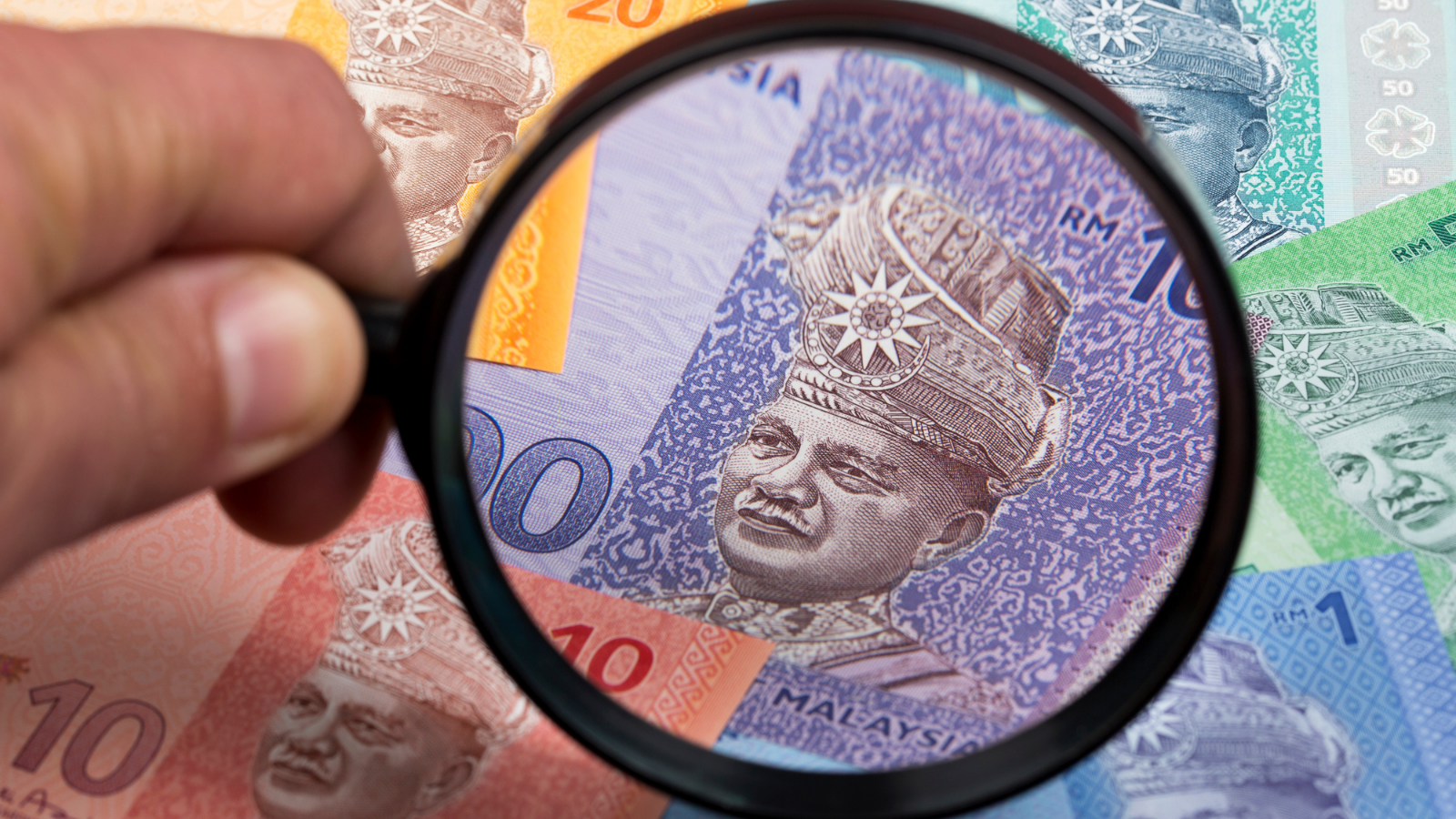
1. Currency Used in Malaysia
- Malaysian Ringgit (MYR): The official currency is the Malaysian Ringgit, often abbreviated as "RM." Banknotes are available in denominations of RM1, RM5, RM10, RM20, RM50, and RM100, while coins come in denominations of 5, 10, 20, and 50 sen.
2. Currency Exchange
- Exchange Rates: Currency exchange rates fluctuate daily, so it's recommended to check the rate before exchanging money.
- Where to Exchange:
- Banks: Major banks like Maybank, CIMB, and Public Bank offer currency exchange services, though they may charge a small fee.
- Currency Exchange Counters: Located in airports, shopping malls, and popular tourist areas, these offer competitive rates. Look for licensed and authorized counters to avoid scams.
- Hotels: Some hotels provide currency exchange, but rates are usually less favorable than banks or exchange counters.
- Best Practice: Avoid exchanging large amounts at the airport, as rates can be higher than in other locations.
3. Using Cash
- Preferred for Small Transactions: In Malaysia, cash is widely used, especially in smaller towns, local markets, food stalls, and places that may not accept cards.
- Large Bills and Change: For small purchases, try to carry smaller denominations, as vendors may not have enough change for larger bills like RM100.
- Cash Limits for Entry/Exit: When entering or leaving Malaysia, travelers are required to declare if they are carrying cash exceeding RM30,000 (or its foreign equivalent).
4. Using Credit and Debit Cards
- Acceptance: Credit and debit cards (Visa, Mastercard, and American Express) are widely accepted in cities, hotels, larger restaurants, shopping centers, and tourist attractions.
- Charges: Some establishments may charge an extra fee for card transactions, so check with the merchant first.
- Contactless Payments: Contactless card payments are commonly accepted, especially in urban areas.
- Notify Your Bank: To avoid your card being flagged for international transactions, inform your bank of your travel dates.
5. ATMs and Withdrawing Cash
- Availability: ATMs are widely available in urban areas, airports, and even rural regions in Malaysia.
- ATM Fees: Banks usually charge a fee for international cards, typically between RM5 and RM15 per withdrawal, along with any charges your bank imposes.
- Security: Only use ATMs in well-lit, populated areas, and be cautious of skimming devices. Cover the keypad when entering your PIN.
6. Mobile Payment Options
- E-wallets and Mobile Payment Systems: Platforms like GrabPay, Boost, and Touch ‘n Go eWallet are popular in Malaysia and accepted in various stores, especially in larger cities.
- Requirements: While some e-wallets allow foreign cards, others require a local phone number or bank account to set up.
- Benefits: E-wallets often provide discounts, cashback, and promotions, making them a convenient option for frequent travelers.
7. Tipping Culture
- Not Mandatory: Tipping is generally not expected in Malaysia. However, it’s appreciated in certain situations, like exceptional service in restaurants or for tour guides.
- Service Charge: Many restaurants add a 10% service charge to the bill, so tipping on top of this isn’t necessary.
8. Safety Tips for Handling Money
- Avoid Carrying Large Amounts of Cash: For security, it's best to carry smaller amounts of cash.
- Use Money Belts or Concealed Wallets: To minimize the risk of pickpocketing, especially in crowded areas.
- Separate Cash from Cards: In case of loss or theft, keep some emergency cash separate from your main wallet or purse.
9. Helpful Tips for Tourists
- Currency Restrictions: When entering or exiting Malaysia, foreign currency in excess of USD 10,000 (or equivalent) must be declared.
- Receipts: Keep receipts from currency exchanges and ATM withdrawals as proof, especially if you plan to reconvert leftover ringgit before departure.
- Tax Refund for Tourists: Non-residents can apply for a tax refund on eligible purchases made in Malaysia under the Tourist Refund Scheme (TRS) at airports upon departure.
Travel Tips for Indian Tourists:
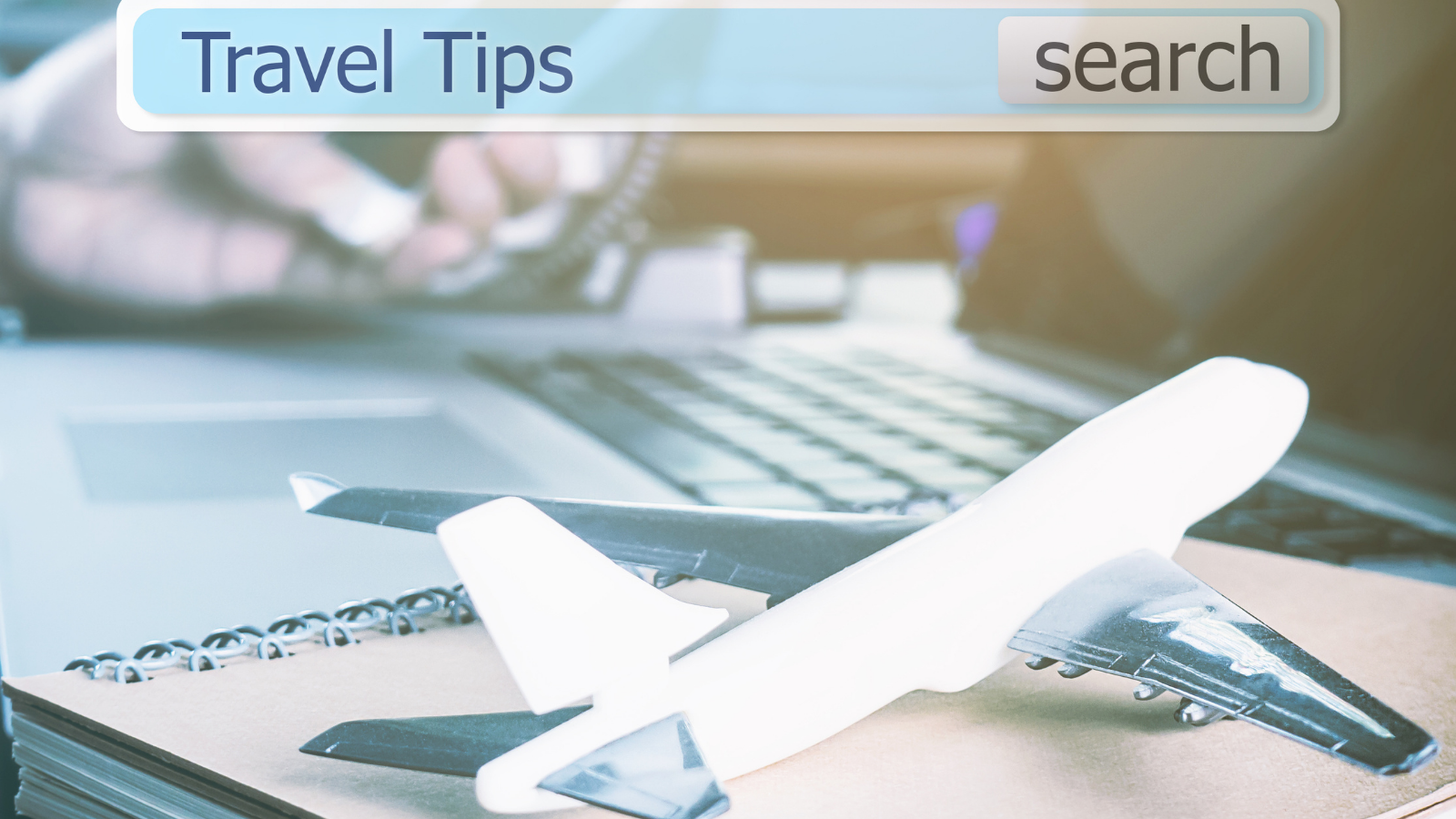
Visa Requirements
- eVisa Process: Indian tourists can apply for a Malaysia eVisa online, which generally takes 3–5 working days to process. It’s advisable to apply well in advance to avoid last-minute delays.
- Validity and Duration: The eVisa typically allows for a single entry with a stay of up to 30 days. Ensure your passport is valid for at least six months from the date of entry.
- Supporting Documents: You’ll need a passport-size photo, flight itinerary, accommodation details, and proof of funds. Keep copies of all documents, as they may be required during immigration checks.
Health and Safety
- Drinking Water: While tap water is generally safe for brushing teeth, it’s best to stick to bottled or filtered water for drinking to avoid any health issues.
- Vaccinations: While there are no mandatory vaccinations, it's recommended to be up-to-date on routine vaccinations, including Hepatitis A and Typhoid, due to potential exposure from food and water.
- Emergency Contacts: The national emergency number is 999. Save this number and know the location of nearby medical facilities, especially if you’re exploring rural areas or islands.
- Travel Insurance: Ensure you have comprehensive travel insurance covering medical emergencies, accidents, and loss of belongings. Medical care is generally good, but private hospitals can be costly.
Transportation and Getting Around
- Public Transport: Major cities like Kuala Lumpur have efficient public transport systems, including trains, buses, and the monorail. Purchase a travel pass for easy access.
- Ridesharing Apps: Grab is widely used and convenient for getting around. Fares are generally affordable, but confirm the destination with the driver.
- Driving: Indian tourists can use their Indian driving license to rent cars for short stays, but it’s recommended to have an International Driving Permit (IDP). Note that driving is on the left side of the road.
- City Taxis: Opt for metered taxis when available, or negotiate the fare beforehand in non-metered taxis.
Culture:
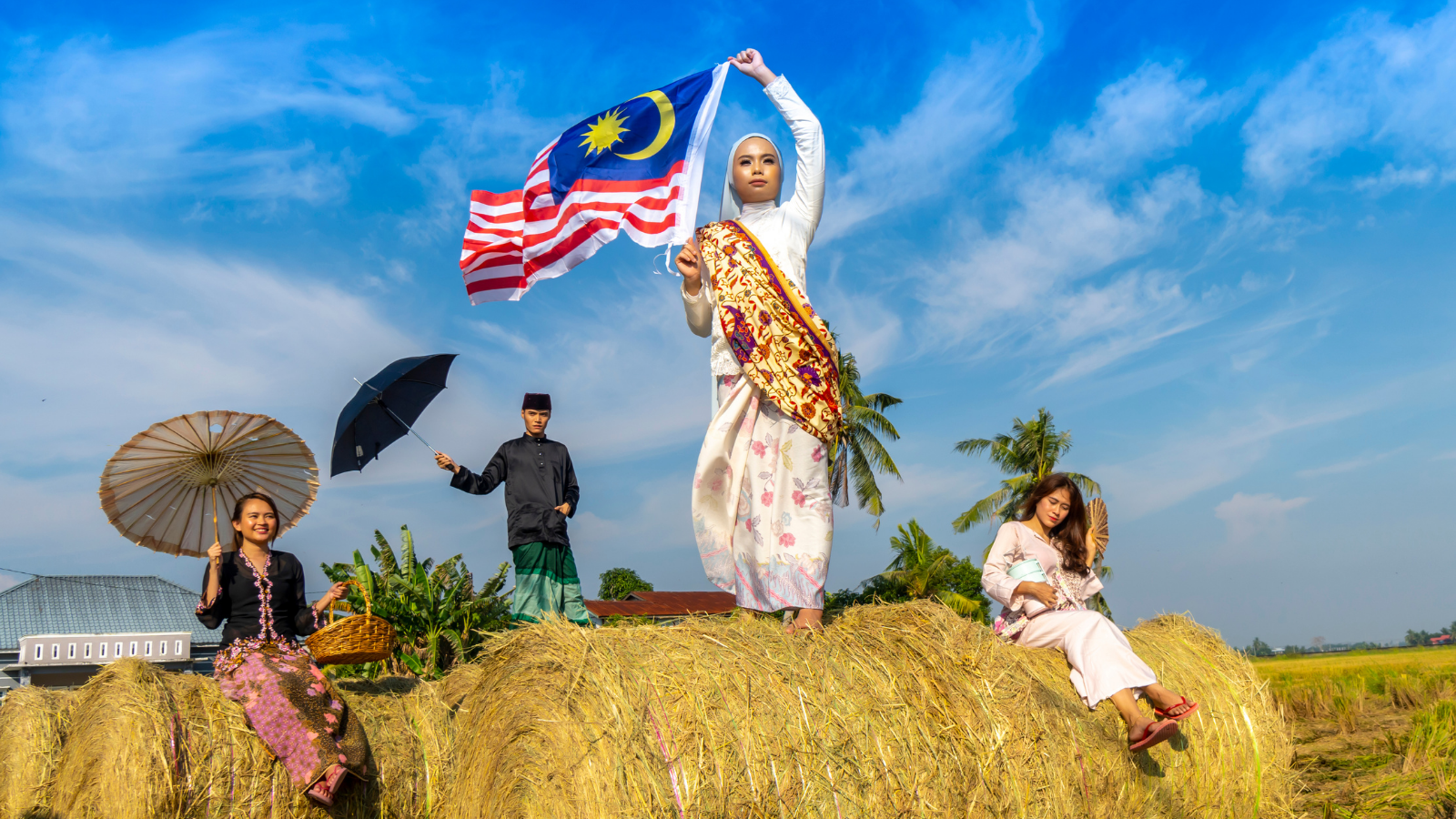
Malaysia is a melting pot of cultures, primarily influenced by the Malay, Chinese, and Indian communities, with smaller populations of indigenous people and expatriates. The country is known for its cultural diversity, harmonious coexistence, and respect for each other's traditions, making it a welcoming destination for Indian tourists. Here are some cultural aspects to keep in mind:
1. Multicultural Society
- Diversity: Malaysia celebrates its multi-ethnic society, where Malays, Chinese, Indians, and indigenous groups each bring unique customs, festivals, and traditions. This diversity is a source of pride, and the fusion of cultures is visible in every aspect of life, from festivals and celebrations to food and architecture.
- Festivals: You’ll find a mix of cultural festivals celebrated throughout the year, including Hari Raya Aidilfitri (Eid), Chinese New Year, Deepavali (Diwali), and Wesak Day. Respect for these celebrations is deeply ingrained in the Malaysian way of life. Indian tourists might find the Diwali celebration similar but with a local twist that reflects Malaysian customs.
2. Religious Diversity and Practices
- Religion: While Islam is the official religion of Malaysia, the freedom to practice other religions is constitutionally protected. Mosques, temples, and churches stand side by side, symbolizing the country's religious tolerance.
- Respect for Religious Places: When visiting places of worship, such as mosques, Hindu temples, or Chinese temples, dress modestly. Many sites provide attire like sarongs or shawls if additional covering is required. For example, women should cover their hair when visiting a mosque, and everyone should remove their shoes in Hindu and Buddhist temples.
3. Traditional Arts and Crafts
- Batik and Songket: Batik (hand-painted or printed cloth) and Songket (handwoven silk or cotton fabric with metallic threads) are unique to Malay culture. You can find beautiful pieces in markets or stores, which make wonderful souvenirs.
- Wayang Kulit and Silat: Wayang Kulit (shadow puppetry) and Silat (a traditional martial art) are part of the traditional performance arts in Malaysia, showcasing stories from folklore, religion, and history.
4. Respecting Elders and Greetings
- Salam: Malaysians often greet each other by placing a hand over their heart after a handshake, showing respect. Address elders with “Auntie” or “Uncle” as a sign of respect, which is a custom Indians may find familiar.
- Public Etiquette: Malaysians are generally polite and soft-spoken. Loud behavior or raised voices in public are discouraged, so maintaining a calm demeanor is appreciated.
Language :
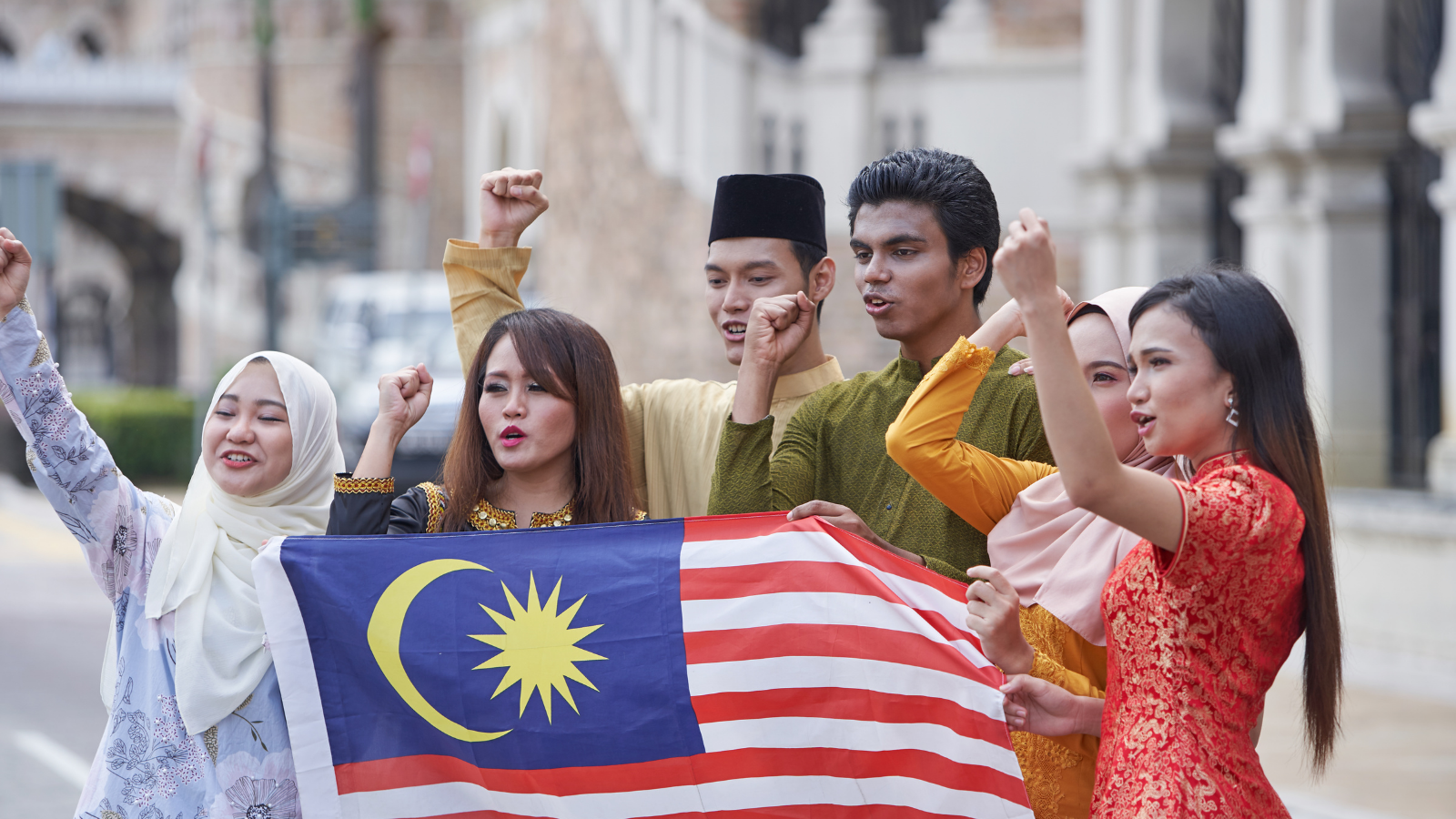
Malaysia’s linguistic landscape reflects its cultural diversity. While Bahasa Malaysia (Malay) is the official language, English is widely spoken, especially in cities and tourist destinations, making it easier for Indian tourists to communicate.
1. Bahasa Malaysia
- National Language: Bahasa Malaysia, often referred to simply as “Malay,” is the national language and widely used in government, education, and everyday interactions. Learning a few phrases can enhance your experience and show respect to the locals.
- Useful Phrases:
- "Selamat datang" – Welcome
- "Apa khabar?" – How are you?
- "Terima kasih" – Thank you
- "Maaf" – Sorry
- "Tolong" – Please
- Indian Languages: Given Malaysia’s large Indian community, you may also hear Tamil, particularly in Little India areas within cities like Kuala Lumpur.
2. English as a Common Language
- English Proficiency: English is widely understood, especially in urban areas, hotels, and tourist attractions. This makes travel more convenient for Indian tourists who speak English. Road signs, restaurant menus, and most tourist information are also available in English.
- Signboards and Announcements: English is commonly used alongside Bahasa Malaysia, so navigation and understanding directions should be easy for most Indian travelers.
3. Chinese Dialects and Indian Languages
- Chinese Dialects: Dialects like Mandarin, Cantonese, and Hokkien are widely spoken among the Chinese Malaysian population. In markets or Chinatown areas, you may hear a mix of these dialects.
- Indian Languages: Tamil is the predominant language among the Indian community in Malaysia, making it easier for Tamil-speaking Indian tourists to communicate.
Experiencing Cuisine:
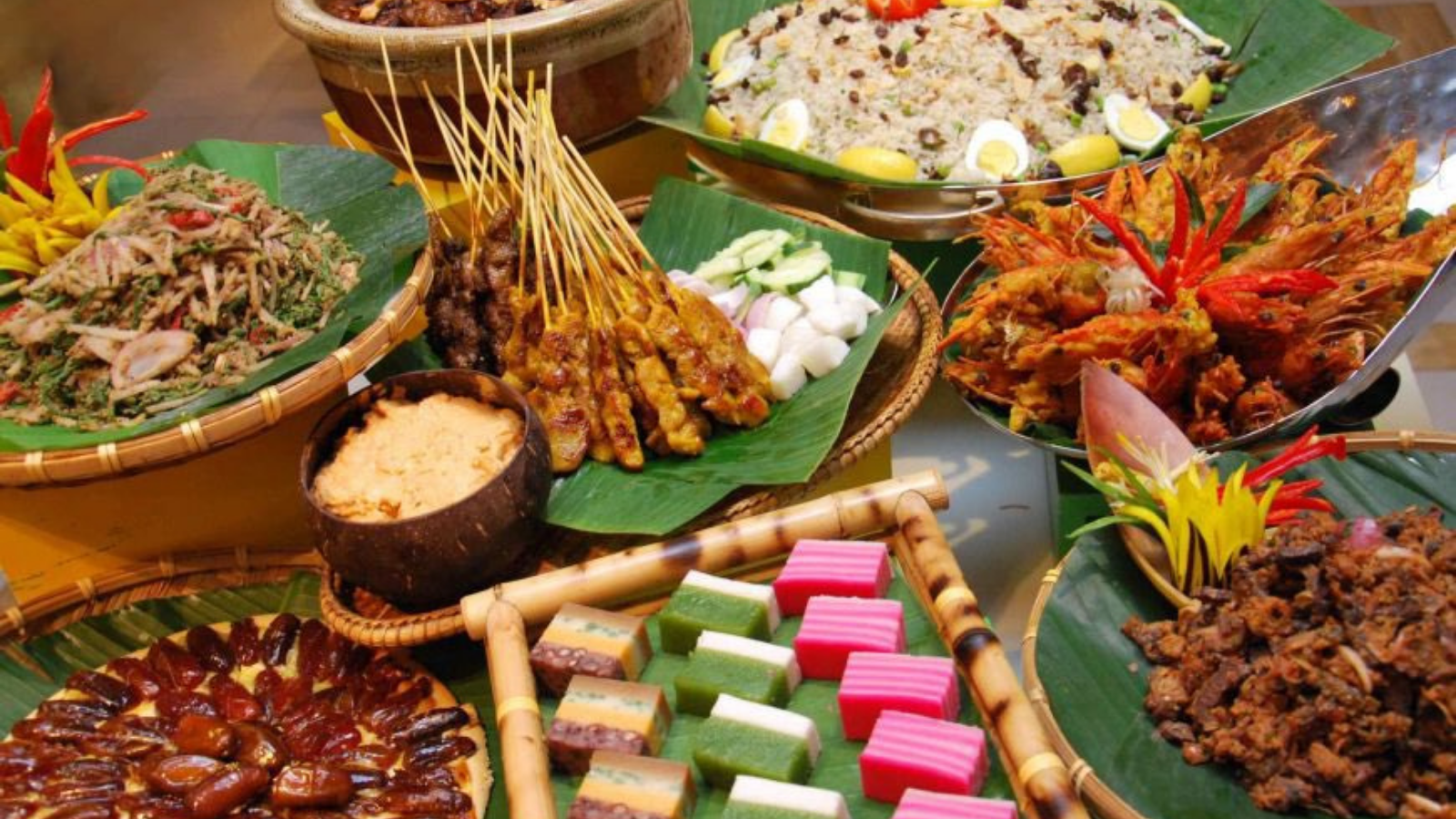
Malaysian cuisine is famous for its diverse flavors, blending influences from Malay, Chinese, Indian, and indigenous cooking styles. Indian tourists will find both familiar flavors and exciting new dishes to try.
1. Malay Cuisine
- Nasi Lemak: Often considered the national dish, Nasi Lemak consists of coconut milk-infused rice served with sambal (a spicy chili paste), fried anchovies, boiled eggs, cucumber, and peanuts. You can also find versions with fried chicken or rendang (spiced meat).
- Satay: Skewers of marinated, grilled meat served with a spicy peanut sauce. Satay is popular as a street food and often available in most food courts.
- Rendang: This slow-cooked dry curry, usually made with beef, is spiced with a variety of aromatics and has a rich flavor, somewhat similar to some Indian curries but with distinct Malay spices.
2. Chinese Malaysian Cuisine
- Char Kway Teow: This popular noodle dish features stir-fried flat rice noodles with shrimp, egg, bean sprouts, and soy sauce. It has a smoky flavor and is a must-try street food.
- Hainanese Chicken Rice: Simple yet flavorful, this dish includes steamed or roasted chicken served with fragrant rice and chili sauce. It’s widely available in food courts and restaurants.
- Dim Sum and Steamed Buns: Many Chinese eateries serve dim sum, small savory or sweet dishes, and steamed buns filled with various ingredients, offering a perfect snack.
3. Indian Malaysian Cuisine
- Roti Canai: A flaky flatbread served with dhal or curry, Roti Canai is a staple at Indian Muslim (or "Mamak") eateries across Malaysia. It’s similar to parathas and is enjoyed by locals and tourists alike.
- Nasi Kandar: Originating from Penang, Nasi Kandar is a rice dish accompanied by various curries and side dishes like fried chicken, fish, or vegetables. This dish offers a mix of Indian spices with a Malaysian twist.
- Teh Tarik: Known as the “national drink” of Malaysia, Teh Tarik is a strong, sweet milk tea with a frothy top, created by "pulling" the tea between two containers. It’s enjoyed at Mamak stalls and pairs well with Indian-style snacks.
4. Peranakan Cuisine
- Nyonya Laksa: A spicy noodle soup with a coconut milk base, Nyonya Laksa combines Malay and Chinese culinary techniques and ingredients. It usually includes prawns, fish cakes, and boiled eggs.
- Acar: This pickled vegetable dish has a distinct flavor, often served as a side dish with Peranakan meals. The flavors may be familiar to Indian tourists due to the use of similar spices.
5. Street Food and Snacks
- Street Food Culture: Malaysia has a vibrant street food scene. In places like Jalan Alor (Kuala Lumpur) or Penang’s Gurney Drive, you can try a range of dishes that highlight the country’s culinary diversity.
- Must-Try Snacks:
- Kuih: Bite-sized sweet or savory cakes made from rice flour, coconut milk, and sugar, similar to Indian sweets.
- Keropok Lekor: Deep-fried fish crackers popular on the east coast, offering a unique texture and taste.
- Cendol: A dessert made from coconut milk, jelly noodles, and palm sugar, perfect for cooling down in Malaysia’s tropical weather.
6. Vegetarian and Halal Options
- Vegetarian-Friendly Choices: With a large Indian population, Malaysia offers numerous vegetarian options, especially in Little India areas. Indian vegetarian food is widely available, and many eateries serve vegetarian versions of popular local dishes.
- Halal Certification: Since Malaysia is a predominantly Muslim country, finding halal-certified food is easy. Most eateries display their halal status, and Muslim travelers can dine comfortably with a wide range of options.
Ideal Trip Duration:
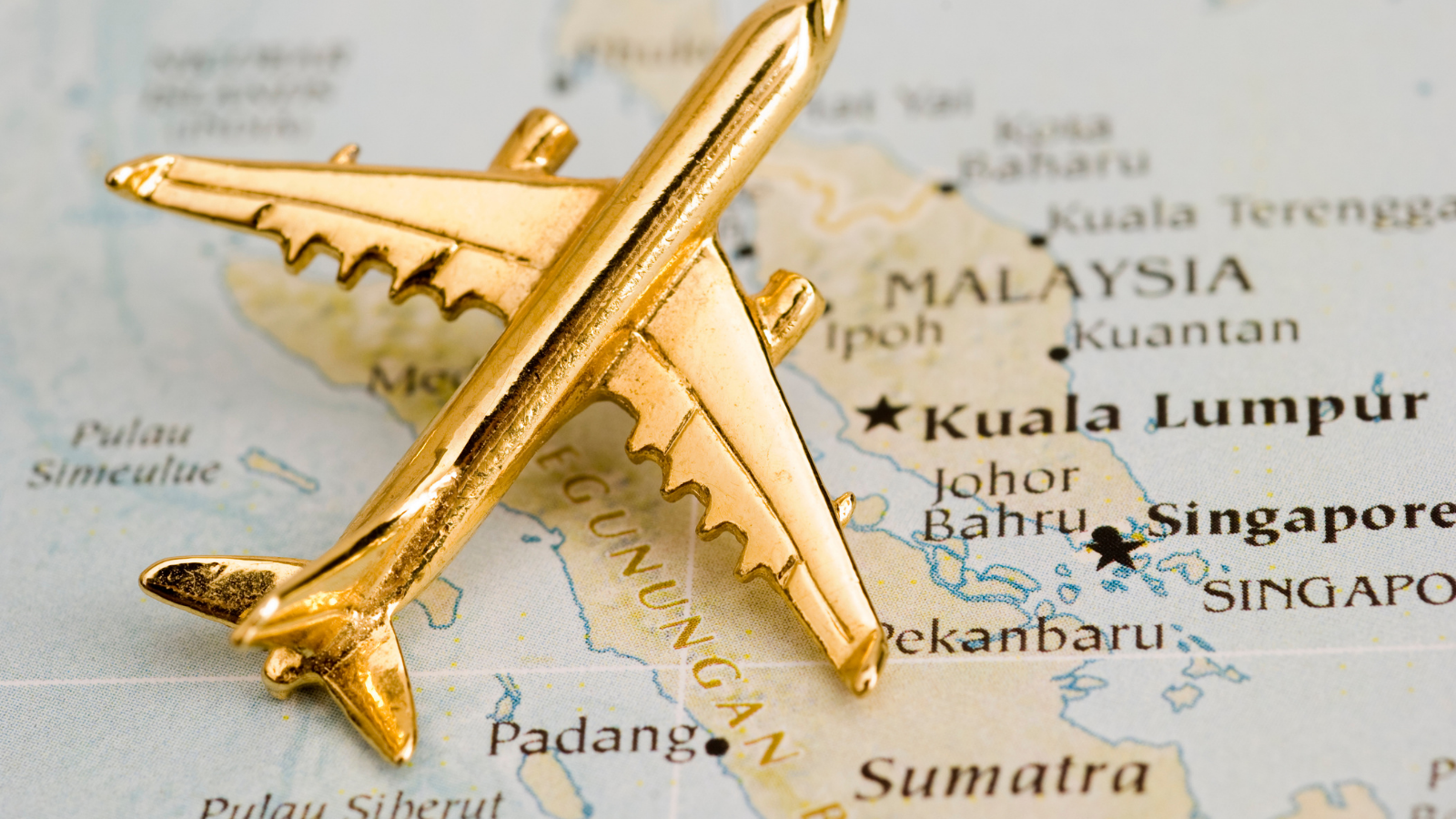
Day 1: Arrival in Kuala Lumpur
- Morning: Arrive at KLIA, check in to the hotel, and rest.
- Afternoon: Visit Petronas Twin Towers and KLCC Park.
- Evening: Explore Bukit Bintang and dine at Jalan Alor food street.
Day 2: Kuala Lumpur City Tour
- Morning: Visit Batu Caves.
- Afternoon: Explore Merdeka Square and Sultan Abdul Samad Building.
- Evening: Visit Chinatown at Petaling Street and enjoy dinner.
Day 3: Day Trip to Genting Highlands
- Morning: Travel to Genting Highlands, take the Genting Skyway Cable Car.
- Afternoon: Explore Genting attractions (theme parks, casinos).
- Evening: Return to Kuala Lumpur and relax.
Day 4: Transfer to Penang
- Morning: Travel to Penang, check in to the hotel in George Town.
- Afternoon: Discover George Town’s street art and Chew Jetty.
- Evening: Dine at Gurney Drive Hawker Centre.
Day 5: Penang’s Heritage and Culture
- Morning: Visit Kek Lok Si Temple and Penang Hill.
- Afternoon: Explore Penang Peranakan Mansion.
- Evening: Enjoy Little India and dine at an Indian restaurant.
Day 6: Travel to Langkawi
- Morning: Travel to Langkawi, check in to a beach resort.
- Afternoon: Take the Langkawi Cable Car and walk the Sky Bridge.
- Evening: Relax at Pantai Cenang Beach and have a beachfront dinner.
Day 7: Relax and Departure
- Morning: Go on an island-hopping tour.
- Afternoon: Shop duty-free in Langkawi.
- Evening: Depart from Langkawi or return to Kuala Lumpur for a flight home.
Shopping and Shopping Tips:

Kuala Lumpur
- Pavilion KL: Luxury brands, boutiques, vibrant food court.
- Suria KLCC: Luxury and mid-range brands, located under Petronas Twin Towers.
- Central Market: Handicrafts, batik, souvenirs, and local artwork.
- Jalan Alor Night Market: Known for street food; also has local item shops.
- Petaling Street (Chinatown): Affordable clothes, bags, souvenirs (bargaining recommended).
Penang
- Gurney Plaza: Mix of local and international brands.
- Batu Ferringhi Night Market: Local handicrafts, T-shirts, accessories.
- Little India: Indian spices, jewelry, clothing, and textiles.
- 1st Avenue Mall: Modern shopping experience in George Town.
Langkawi
- Duty-Free Shopping: Great for alcohol, chocolates, cosmetics, perfumes.
- Zon Duty-Free Complex: Discounted goods, located in Pantai Cenang.
- Jetty Point Complex: Duty-free shopping near Kuah Jetty with local and international products.
Johor Bahru
- Johor Premium Outlets: Designer brands at discounted prices.
- KSL City Mall: Affordable clothes, electronics, and cosmetics.
Shopping Tips
- Bargaining: Common in local markets; start with 50–70% of the asking price.
- Duty-Free Shopping: Available on Langkawi and Labuan islands for alcohol, chocolates, cosmetics.
- Currency: Carry cash for small purchases; ATMs are widely available.
- Shopping Hours: Malls open 10 AM–10 PM; night markets from 6 PM–midnight.
- Local Products: Look for batik, pewter, dried fruits, spices, and tea.
- Tax Refunds: GST refunds available for non-residents; keep receipts.
- Packing for Shopping: Bring a foldable bag for carrying market finds.
- Language Tips: Basic phrases like “Berapa harga?” (How much?) and “Boleh kurang?” (Can you lower the price?) can be helpful.
Top 15 Places to Visit:
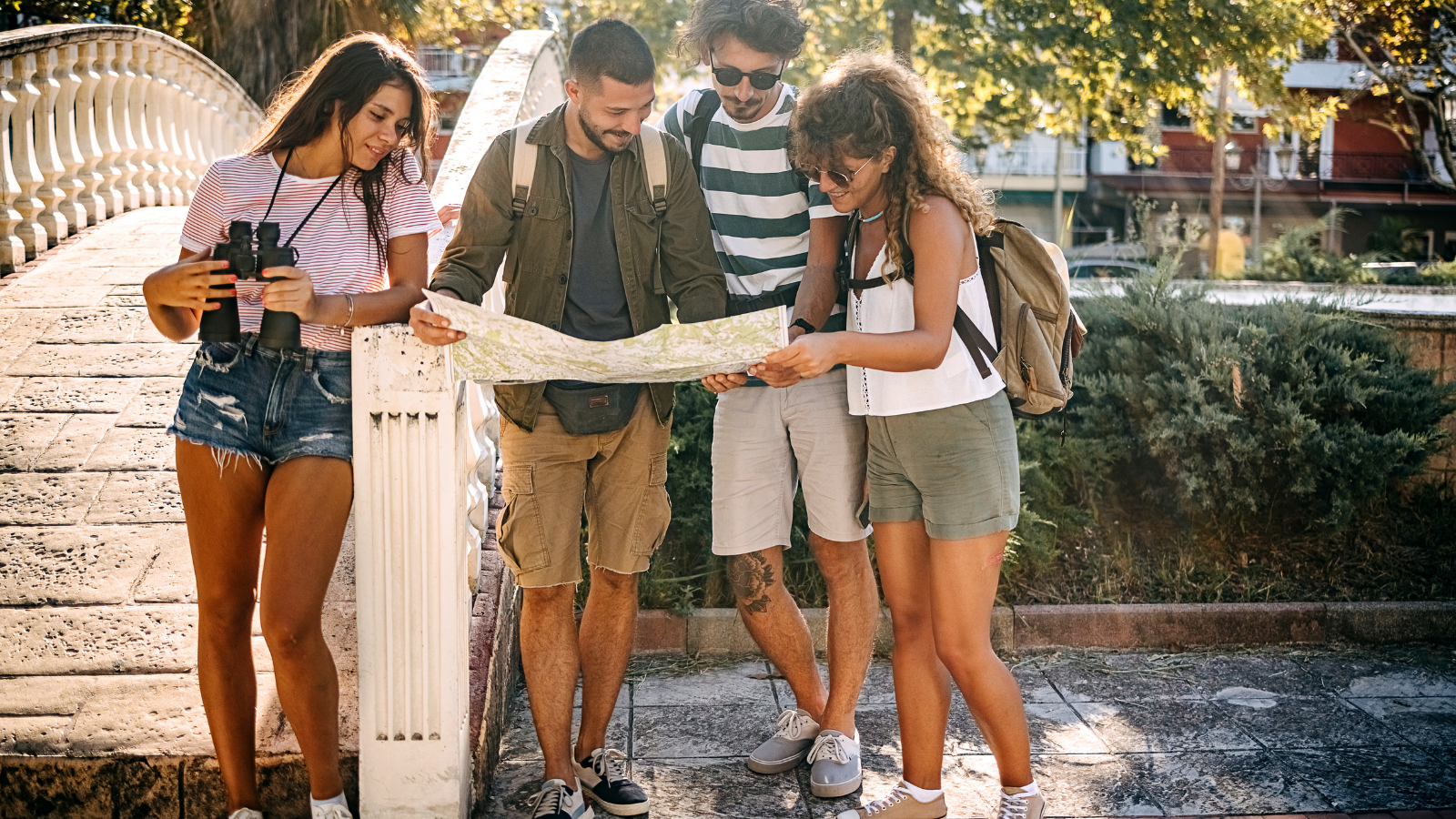
1. Kuala Lumpur
Highlights: Petronas Twin Towers, Batu Caves, and Central Market.
Description: The capital city of Malaysia, Kuala Lumpur is known for its skyline dominated by the Petronas Twin Towers, vibrant markets, historic temples, and diverse food. Popular spots include Merdeka Square, Jalan Alor’s food street, and the Sultan Abdul Samad Building.
2. Penang
- Highlights: George Town, Kek Lok Si Temple, and Penang Hill.
Description: Known as the “Pearl of the Orient,” Penang is famous for its colonial architecture, street art, and street food. George Town, a UNESCO World Heritage site, is filled with colorful street murals and heritage buildings. Penang Hill offers panoramic views of the island.
3. Langkawi
- Highlights: Langkawi Sky Bridge, Pantai Cenang Beach, and Kilim Karst Geoforest Park.
Description: Langkawi, an archipelago of 99 islands, is known for its stunning beaches, duty-free shopping, and natural attractions. The Langkawi Sky Bridge offers breathtaking views, while Kilim Karst Geoforest Park is perfect for eco-tourism and wildlife spotting.
4. Melaka (Malacca)
- Highlights: Jonker Street, A Famosa Fortress, and Christ Church.
Description: A UNESCO World Heritage city, Melaka is rich in history and culture, with Portuguese, Dutch, and British colonial influences. Stroll down Jonker Street for antiques, crafts, and street food, and explore historical sites like A Famosa and Christ Church.
5. Cameron Highlands
- Highlights: Tea plantations, Mossy Forest, and butterfly gardens.
Description: A cool hill station with tea plantations, strawberry farms, and scenic trails, the Cameron Highlands is a refreshing escape from the tropical heat. The Boh Tea Plantation and Mossy Forest are must-visit spots for nature lovers.
6. Borneo (Sabah and Sarawak)
- Highlights: Mount Kinabalu, Sipadan Island, and Bako National Park.
Description: Malaysia’s Borneo region is known for its rainforests, wildlife, and indigenous culture. Sabah is famous for Mount Kinabalu and diving at Sipadan Island, while Sarawak offers rich biodiversity, including orangutans and the limestone cliffs of Bako National Park.
7. Genting Highlands
- Highlights: Theme parks, casinos, and Genting Skyway.
Description: A hill resort near Kuala Lumpur, Genting Highlands is known for its cool climate, Skytropolis Indoor Theme Park, and casinos. Take the Genting Skyway cable car for scenic views of the rainforest below.
8. Kota Kinabalu
- Highlights: Mount Kinabalu, Tunku Abdul Rahman Marine Park, and the Kota Kinabalu City Mosque.
Description: The capital of Sabah in Borneo, Kota Kinabalu offers access to beaches, coral islands, and one of Southeast Asia’s highest peaks, Mount Kinabalu. It’s also home to the Kota Kinabalu City Mosque, set against a picturesque waterfront.
9. Tioman Island
- Highlights: Marine life, Juara Beach, and snorkelling spots.
Description: Located off Malaysia’s east coast, Tioman Island is known for its clear waters, beautiful beaches, and rich marine biodiversity. Juara Beach is a must-visit, offering pristine sands and ideal snorkeling spots.
10. Perhentian Islands
- Highlights: Coral reefs, turtle conservation, and jungle trekking.
Description: A group of islands off Malaysia’s northeast coast, the Perhentians are popular for snorkeling, diving, and laid-back beach vibes. The coral reefs are teeming with marine life, making it a paradise for underwater exploration.
11. Ipoh
- Highlights: Kek Lok Tong Cave Temple, Old Town murals, and Lost World of Tambun.
Description: Known for its colonial architecture and cave temples, Ipoh offers a blend of cultural heritage and natural beauty. The city’s Old Town area is famous for street art and local food, while nearby cave temples provide stunning views.
12. Putrajaya
- Highlights: Putra Mosque, Seri Wawasan Bridge, and Perdana Putra.
- Description: Malaysia’s administrative capital, Putrajaya is known for its futuristic architecture, including the pink-domed Putra Mosque and the iconic Seri Wawasan Bridge. The city also has beautifully landscaped parks and lakes.
Frequently Asked Questions (FAQs)
Q1: What is the best time to visit Malaysia?
A1: November to March is ideal for the West Coast, while April to September is better for the East Coast.
Q2: Is Malaysia safe for tourists?
A2: Yes, Malaysia is generally safe, but standard safety precautions are advised.
Q3: What is the local currency?
A3: The Malaysian Ringgit (MYR) is the local currency.
Q4: What should I wear when visiting religious sites?
A4: Dress modestly; women may need to cover shoulders and wear long skirts or pants.
Q5: Is English spoken in Malaysia?
A5: English is widely spoken, especially in urban and tourist areas.Discover Singapore with Trawelmart’s Expertise
For Indian travelers venturing to Malaysia, Trawelmart offers personalized itineraries, 24/7 support, and expert guidance. Our tour packages are crafted to give you a unique experience, tailored to your preferences. From the best hotel recommendations to guided city tours, Trawelmart ensures a seamless journey.
Conclusion
Malaysia’s vibrant culture, beautiful landscapes, and rich cuisine make it an unmissable destination. Whether you’re exploring historic cities, relaxing on pristine beaches, or discovering the unique culinary scene, there’s an adventure waiting for everyone in Malaysia. Book your next holiday with Trawelmart for an unforgettable Malaysian experience!






